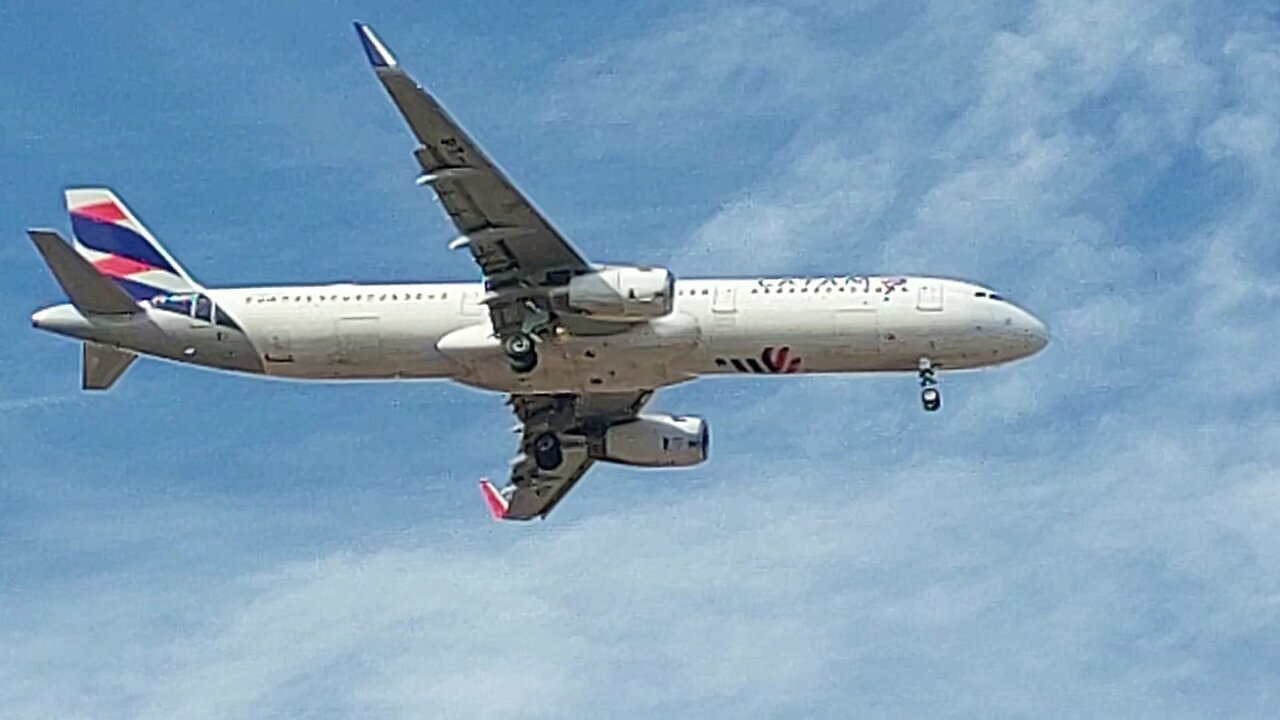Premium Only Content

Pre-Flight Briefing
What Happens During A Cabin Crew Pre-Flight Briefing?
The cabin crew preparations before a flight are perhaps more complicated than you might imagine.
The pre-flight briefing is a meeting between the cabin crew and senior cabin crew members and often the flight crew, too, depending on the airline's procedures. It sets a clear picture of the flight ahead and is short and detailed. Teamwork and communication are critical, and the crew must anticipate an unplanned event such as an emergency. The aim is to have a safe, comfortable flight and work efficiently as a team. Briefings can vary depending on the airline, aircraft type, and the number of crew and are traditionally held in purpose-built briefing centers. According to the aviation authorities, a pre-flight briefing is mandatory in most countries.
The beginning
Firstly, introductions occur, as most of the crew will never have met before, especially in large international airlines. The senior crew member heads the briefing and talks through the flight details, including the flight number, aircraft registration, destination and departure time, and the estimated time of arrival. The number of passengers, special meals, passengers with reduced mobility or who require special assistance, and VIPs will all be discussed.
The cabin crew then checks that they have their mandatory items, such as passport, crew license, manuals, and crew ID. Uniform standards will also be reviewed so that the crew is correctly presented. The senior will then ask individual questions to each crew member regarding safety procedures, the aircraft type, and first aid. This is to check that each crew member keeps their knowledge up to date. If questions are not answered correctly, the crew member may be offloaded from the flight, potentially risking their job.
Next steps
Positions are then assigned based on seniority (how long the crew member has been at the company), which includes a crew station/jump seat, an aircraft door to operate, and any other responsibilities for the position - this could be something like working in the first class cabin or gathering safety equipment in case of an emergency evacuation. The flow of the service will also be discussed, as economy and business class, for example, run very differently.
If there is a layover at the destination, the senior will tell you the hotel's name, local currency, and any special advice, for example, if you should be aware of pickpockets when you are out. There is time to ask any questions if any crew member is unsure of anything.
The flight crew usually joins later in the briefing to inform the team of the flight time, weather en route, cockpit entry and communication rules, and anything specific to the flight, like a known delay or maintenance issue. Communication between the cabin crew and flight crew is emphasized.
Ready for action
The pre-flight briefing encourages open communication between every crew member, promotes teamwork, and ensures that the workload is evenly distributed. It sets the tone for the flight and the expectations and standards. Crew members are encouraged to report anything that might affect the safety of the flight, whether it's an unusual smell or sound or even a movement. The flight crew are mostly locked in the cockpit after 9/11, so the cabin crew really are the eyes and ears in the cabin and can alert them to anything unusual. The briefing is clear and concise, sets a positive tone, makes sure every crew member is on the same page and makes the flight 'a nice day out'
-
 1:11:01
1:11:01
The Charlie Kirk Show
8 hours agoTHOUGHTCRIME Ep. 70 — Seatgate? Best Executive Orders? Panda Express?
96.1K12 -
 2:04:23
2:04:23
Kim Iversen
11 hours agoINCREDIBLE: Trump RELEASES JFK Files & BANS Central Bank Digital Currency
156K171 -
 1:12:22
1:12:22
Side Scrollers Podcast
14 hours agoThe Real Game Awards: Official Live Stream
100K15 -
 59:48
59:48
The StoneZONE with Roger Stone
8 hours agoJanuary 6 Victim Jeremy Brown Still in Jail Despite Trump Pardon | The StoneZONE w/ Roger Stone
61.4K12 -
 1:45:44
1:45:44
megimu32
9 hours agoON THE SUBJECT: Make 90s Movies Great Again
49.1K10 -
 59:46
59:46
Man in America
16 hours agoAI mRNA Vaccines, Turbo Cancer & Blood Clots... What Could Go Wrong?! w/ Tom Haviland
50.8K39 -
 1:09:15
1:09:15
Precision Rifle Network
1 day agoS4E3 Guns & Grub - Trump a new era for gun rights?
87K9 -
 1:05:31
1:05:31
Glenn Greenwald
11 hours agoSection 702 Warrantless Surveillance Ruled Unconstitutional: Press Freedom Advocate Seth Stern Explains; The Rise of Unions & the Impact of Trump's Populism with Author Eric Blanc | SYSTEM UPDATE #395
118K99 -
 1:01:13
1:01:13
The Amber May Show
10 hours ago $4.59 earnedWomen Of Rumble | Amber, Kelly and Wendy Wild
51.7K5 -
 1:16:38
1:16:38
Josh Pate's College Football Show
11 hours ago $2.58 earnedCFP Title Viewership | JP Poll Under Attack | Bama & Oregon Season Grades | Most To Prove In 2025?
48.8K